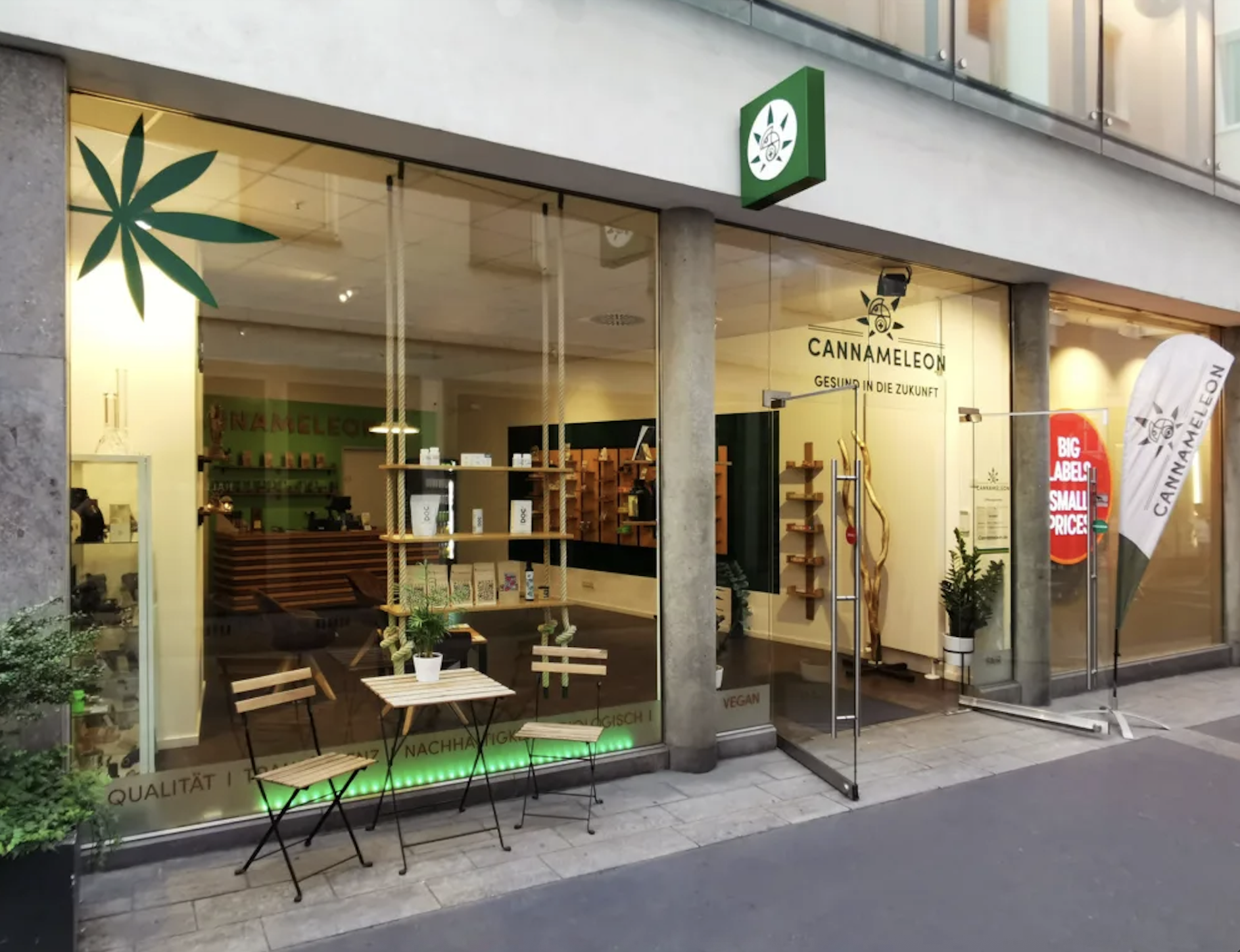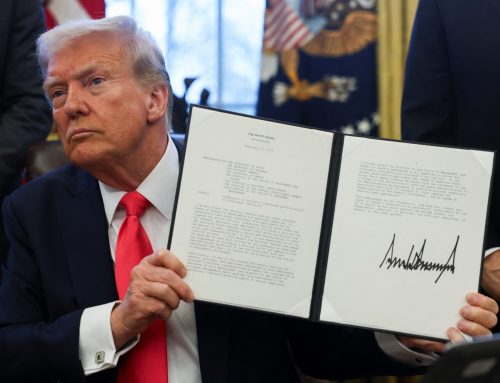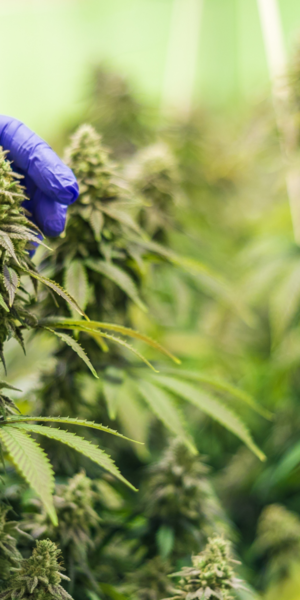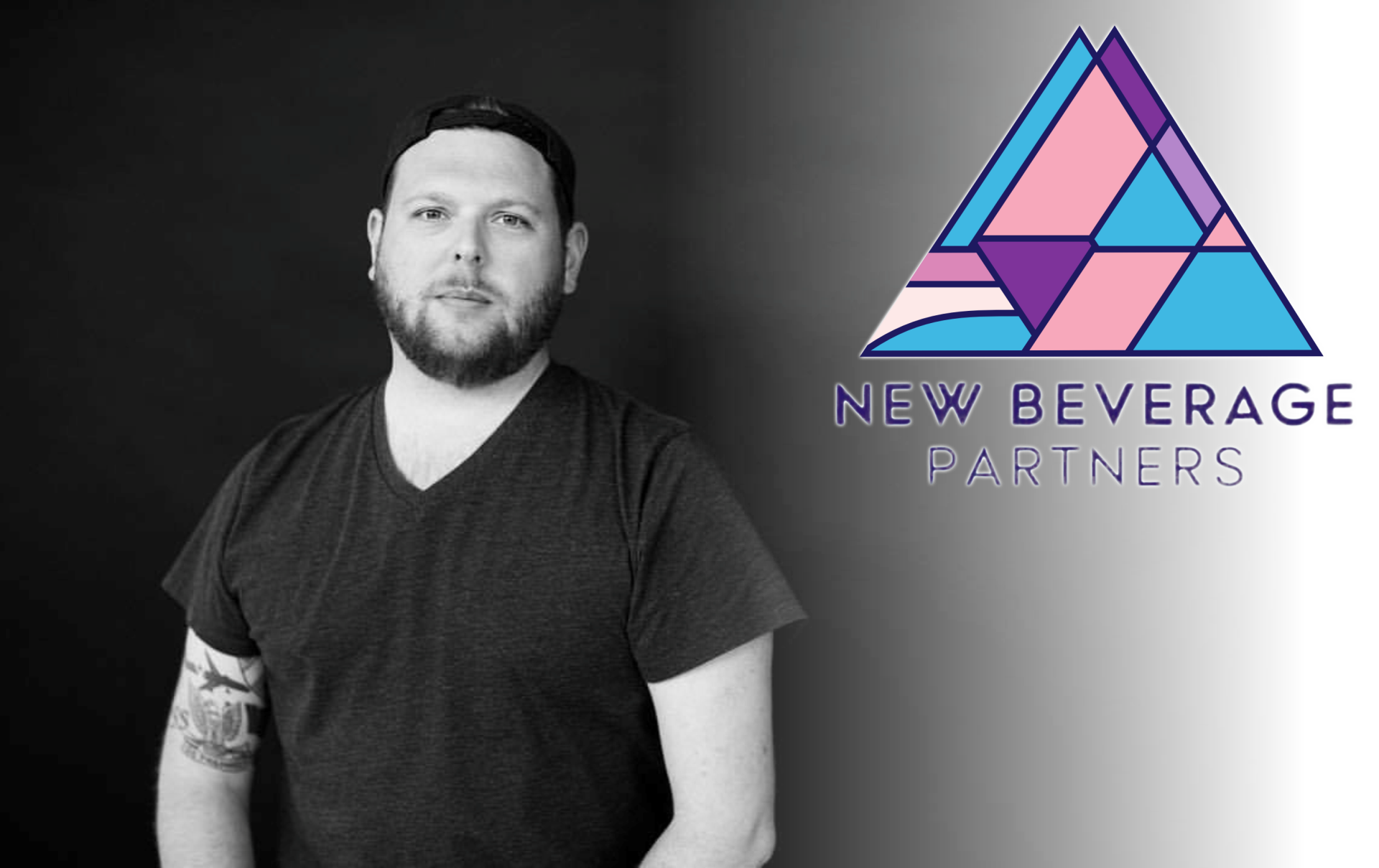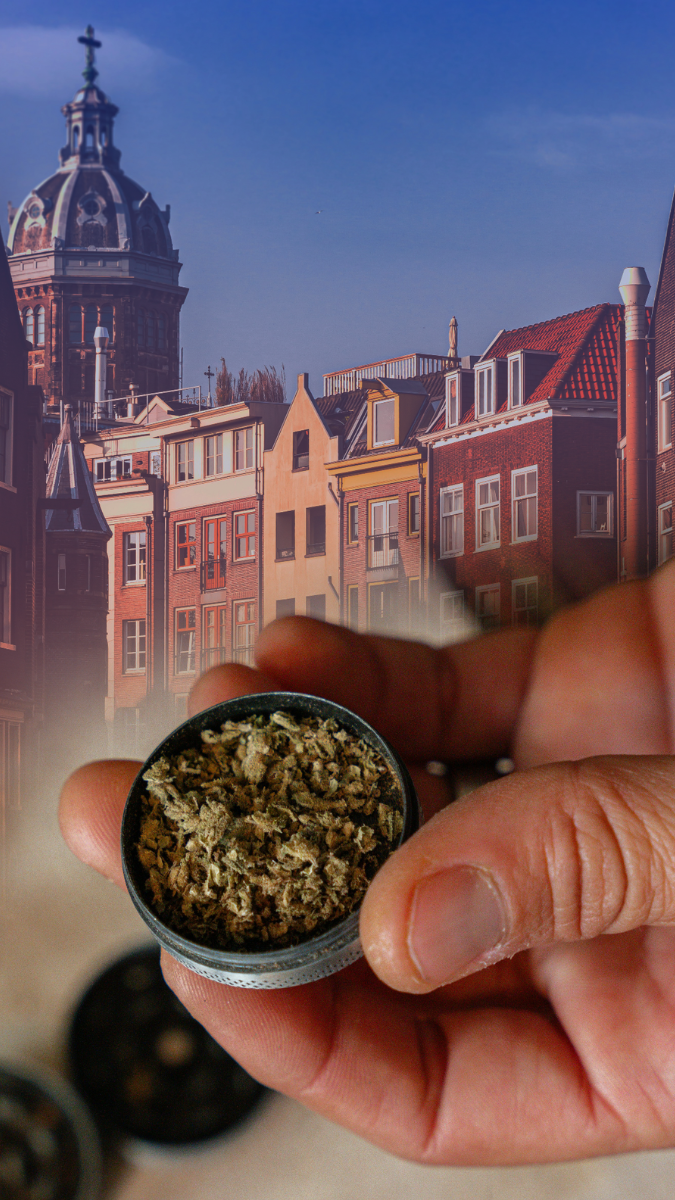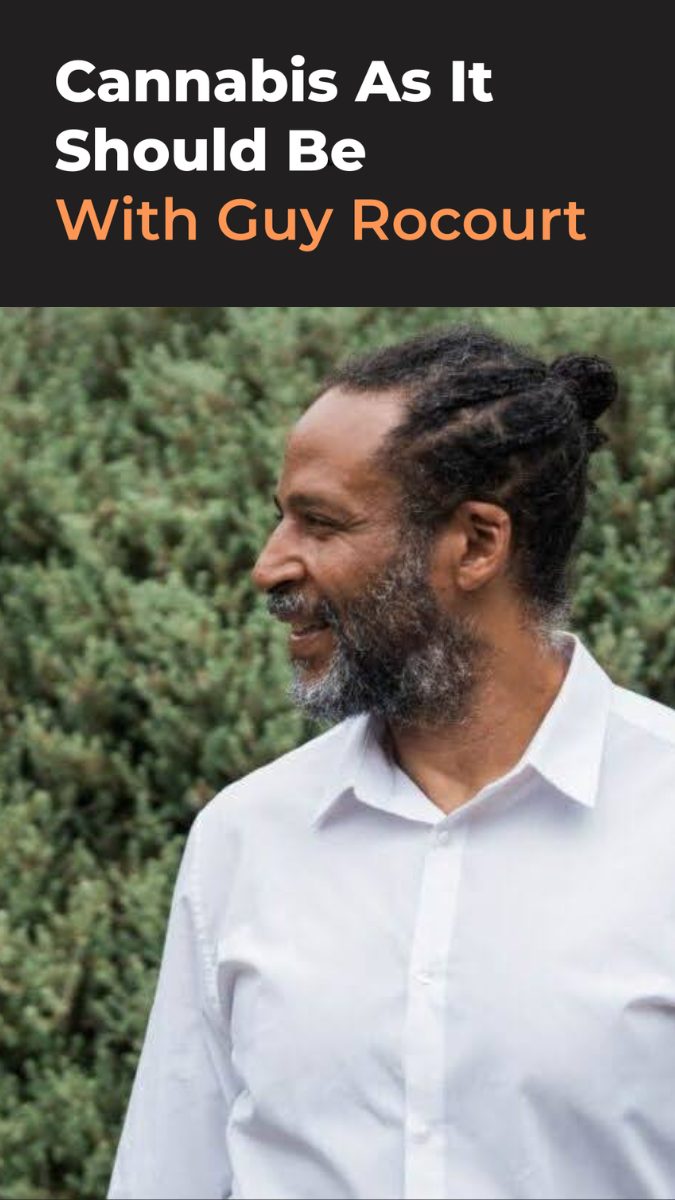Analysis: Germany Legalized Cannabis. Now the Real Work Begins.
BERLIN-On April 1, 2024, Germany made history by legalizing adult-use cannabis. But legalization was only the first step. More than a year later, the rollout has exposed the complexities of implementing cannabis reform in a federal system—where state-level bureaucracy, financial barriers, and uneven infrastructure continue to shape the business environment.
As we move into the second half of 2025, the real opportunities—and obstacles—for entrepreneurs and investors are becoming clearer. Here’s where the market stands now and what to watch next.
1. Regulatory Friction and Social Club Workarounds
Germany’s Cannabis Act allows adults to possess up to 25 grams in public, 50 grams at home, and grow up to three plants privately. However, licensed retail shops remain delayed across most regions.
Nonprofit Cannabis Social Clubs (CSCs) have emerged as the dominant legal distribution model. These member-based organizations—limited to 500 members each—allow registered adults to obtain up to 25 grams per day or 50 grams per month. Despite strong consumer demand, most CSCs are stuck in regulatory limbo. Of the hundreds of applications submitted in 2024, only a fraction have been approved, leaving many would-be operators sidelined.
For brands eager to enter the market, partnerships with operational CSCs offer the fastest on-ramp to distribution. These clubs aren’t just legal loopholes—they’re the current infrastructure.
2. Quality Control: Non-Negotiable Compliance
Germany’s compliance framework is among the strictest in Europe. Every product—whether flower, oil, or edible—must pass certified lab testing for THC and CBD levels, pesticides, and heavy metals. This is not optional; it’s a legal baseline.
Packaging requirements are equally rigorous. All consumer products must be tamper-evident, child-resistant, and feature plain, non-promotional labeling. Anything seen as appealing to children or misleading about health benefits is banned. Compliance is not a one-time task—it’s an ongoing process, and failure can mean immediate market exclusion.
Operators that design their supply chains, marketing, and labeling with these rules in mind from the outset are best positioned to avoid costly delays or recalls.

3. Banking Barriers and Cash-Based Realities
One of the least discussed, but most disruptive, aspects of Germany’s cannabis rollout is the near-complete lack of banking access. Traditional financial institutions remain cautious, citing legal uncertainty and reputational risk. The result: cannabis businesses are overwhelmingly cash-based.
For retailers and clubs, this creates logistical and security challenges. Secure cash-handling systems and physical safeguards are essential. Beyond day-to-day operations, limited access to capital and credit lines slows expansion and puts operators at a disadvantage compared to other industries.
Still, signs of innovation are emerging. A handful of fintech startups are piloting escrow models and prepaid debit card systems tailored to cannabis transactions. While limited in scale for now, these workarounds could offer a lifeline to early entrants and set the stage for broader financial integration.
4. Building Brands Without Breaking the Rules
Germany’s cannabis marketing rules are as restrictive as its product regulations. The ban on traditional advertising extends across print, broadcast, social media, and digital display. Brands cannot promote recreational cannabis through mainstream channels, which forces a more creative—and often slower—path to consumer awareness.
To build visibility, companies are turning to indirect marketing. Educational blogs, long-form content, in-store experiences, and SEO optimization are key tools. Micro-influencers in adjacent spaces like wellness, food, or design can also help create brand legitimacy—provided the message stays within strict informational limits.
It’s a long game. The brands that master slow-burn credibility and organic discovery will outlast those chasing fast fame in a market that won’t tolerate it.
5. Medical and Recreational Convergence: One Consumer, Two Channels
Germany’s medical cannabis system predates legalization by several years and remains a critical distribution channel. The number of patients receiving cannabis through insurance reimbursements continues to rise, and recent reforms have simplified doctor access to prescribing.
As a result, the line between medical and recreational use is increasingly blurred. Patients can access cannabis through pharmacies with prescription, while the general public relies on CSCs or, eventually, licensed retailers.
For businesses, this convergence opens up new product opportunities. Formulations that sit at the intersection of health and lifestyle—think low-dose edibles, balanced CBD:THC ratios, or functional blends with sleep or anxiety benefits—are resonating with both groups.
Staying active in the medical channel also makes business sense. Doctors remain gatekeepers to high-margin, pharmacy-distributed products, especially those not yet authorized for general retail. Maintaining a dual strategy can create brand stability while the recreational market finds its footing.
6. What Comes Next?
Germany’s legalization has made headlines—but the operational reality is much more complex. Regulatory agencies are overwhelmed. Local governments are interpreting the law in different ways. Social Clubs are both a blessing and a bottleneck. And without national financial guidance, much of the market is still transacting in cash.
Yet none of this has dampened investor interest. If anything, the cautious pace of rollout has reinforced the idea that Germany is playing the long game. This is not the chaotic “green rush” seen in some North American markets. It’s a heavily regulated, high-barrier opportunity—and that’s exactly what makes it attractive to serious operators.
For those willing to navigate the complexity, the upside remains compelling. Germany is the largest economy in Europe, with a population of more than 80 million and a healthcare system already accustomed to cannabis as medicine.
The early chaos is starting to take shape. The question is: who’s ready to build through it?











